
Hierarchy
As a typographer, you can organise text in a visual way so it doesn’t take too much time for the reader to find her way.
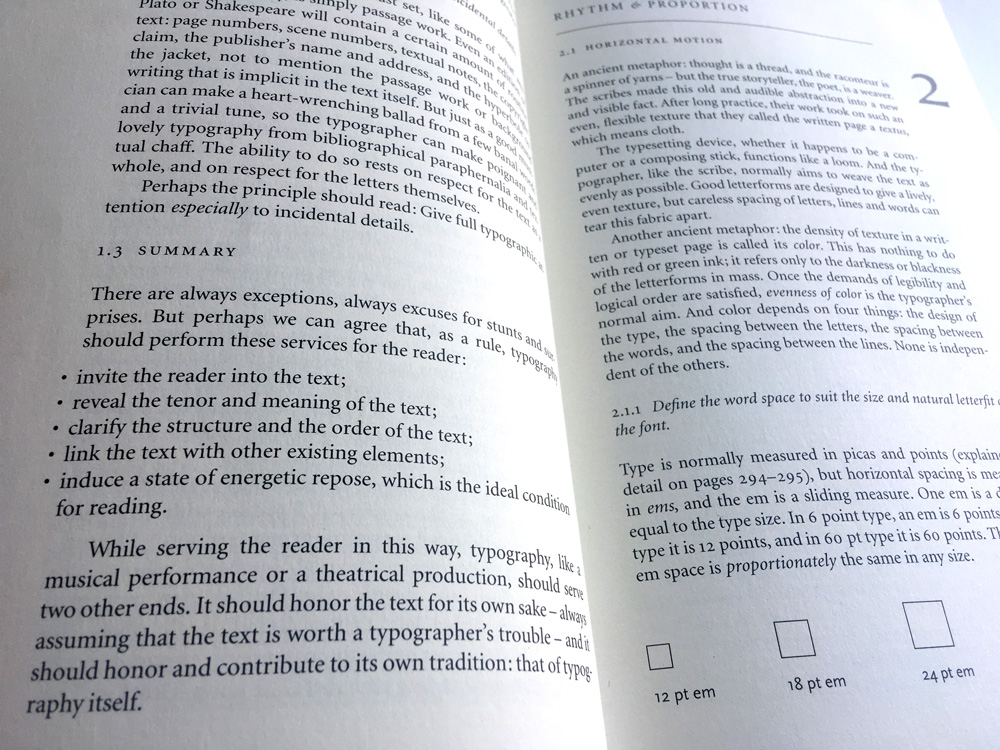
… seems to be full of rules. You should do this, you shouldn’t do that. This is why you probably think it is difficult and boring.
Let me tell you something, it is not difficult and it is definitely not boring. It totally depends on your approach.
Your approach depends on your specific interest.
Your interest depends on your specific talent.
It is simple, there is typography to look at and there is typography to read. This is where ‘the problem’ starts.
Functional Typography: 10% of you
Most people think typography only is meant for reading. Yeah, then you need the rules about legibility. This means you don’t bother the reader. If you bother her, you get complaints. People say: ‘What is wrong with this text? I read the same sentence now for the third time. I give up.’
But what if you do this right? Do you ever hear someone saying: ‘Oh, this text reads soooo well, I clearly see the typography was done by a pro.’ NO, it’s quite an unglamorous job.
It needs a specific eye, interest, and talent. This concerns about 10% of you.
I will share some useful references that will provide you with the base. Then it’s up to you: get up early and practice.
Visual Typography: 90% of you
However, it can also function as an image. To be honest, this idea takes a bit of time to sink in but applies to most of you.
Typography is the visual form of language. If people look at typography, they immediately are distracted by the meaning of the words, with all its consequences. To be able to disconnect yourself from this, you have to zoom out and look at typography as an image.
If you can do this, then suddenly a whole world opens up. Most of you are very capable designers: draw the most skillful illustrations, take the most intriguing photos. So I’m just sure you can find your own way in typography!
Share this post

As a typographer, you can organise text in a visual way so it doesn’t take too much time for the reader to find her way.
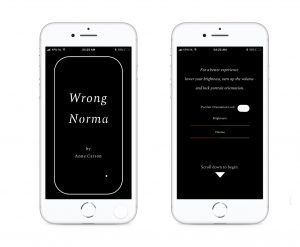
She is all over the place, nervously giggling, apologizing for her mood, jumping from one word to another.
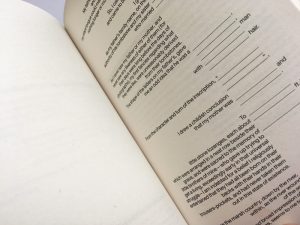
Typography has everything to do with the meaning of language.
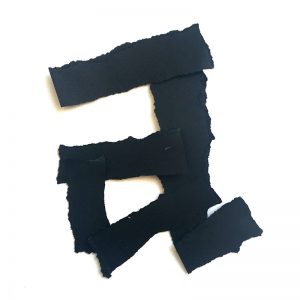
White means silence, just like silence in music.
Without silence there is no music.
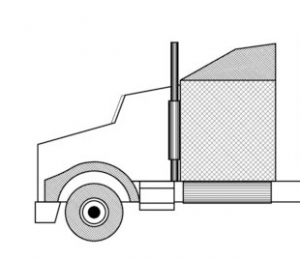
The rules by itself are not difficult. The difficult part is to find your way to use them (or not).
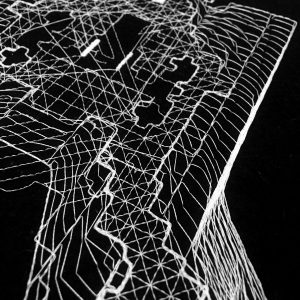
If you think that typography is all about technique and skills, you miss out on its true potential.

Teaching typography is complicated, because talking about typography easily becomes a conversation about taste.